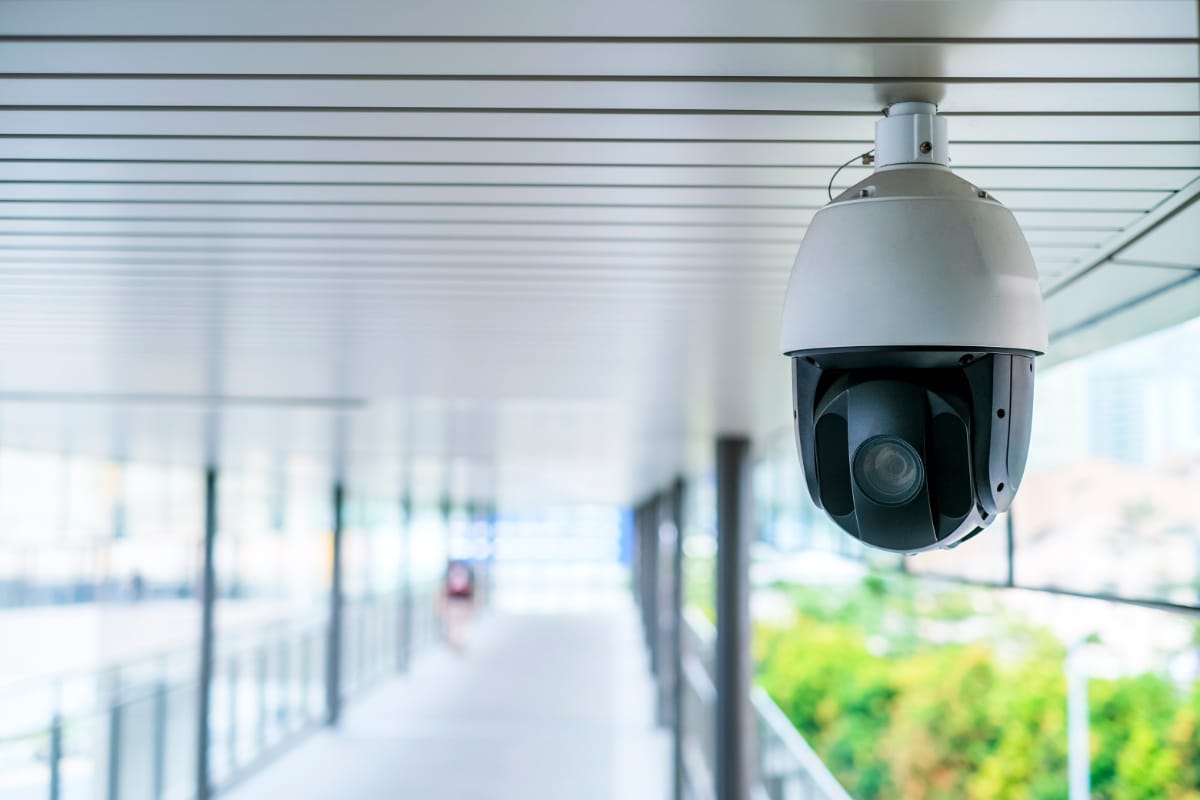Homeowners associations (HOAs) spend a great amount of time and care in not only the upkeep and operation of their common areas, but also their security. Many HOAs understandably see video surveillance as a valuable deterrent of crime or simple misuse of their common areas. While surveillance cameras in the common areas may be a prudent measure for the protection of HOA property and the residents of the community, there are also several precautions an HOA board should take to ensure the residents’ privacy interests are protected as well. This article is not intended to be an exhaustive discussion of surveillance cameras and privacy law, but does set forth some general guidelines for HOA use of surveillance cameras and legal implications of the same.
First, it would be prudent to adopt a written policy for how the cameras will be operated and how the footage will be stored and accessed.
This will help to ensure consistency in the handling of the surveillance cameras and footage, even with inevitable board turnover, and also help to assure members that surveillance is being used in accordance with best practices. To prevent misuse, the policy should restrict physical access to the equipment and access to the footage to a certain individual or individual, such as a designated board member or assigned property manager. The policy should also set forth the retention period for recordings, so the Board and residents are aware of applicable time constraints in the event an incident needs to be investigated.
As to camera placement, the HOA should ensure that the cameras are not surveilling an area where a resident may have a “reasonable expectation of privacy.”
Under South Carolina case law, civil liability can arise from various torts concerning the invasion of privacy, to include “wrongful intrusion into private affairs.”[1] Accordingly, while it may be appropriate and permissible to have cameras surveilling common area, it would not be appropriate for the cameras to surveil private property, and certainly not portions of property where an individual would ordinarily expect to have privacy. Those locating and operating the cameras for the HOA must be competent enough with the technology to ensure that they do not mistakenly direct the cameras in inappropriate areas. Moreover, signs should be prominently displayed in the locations that are being surveilled so users of the common areas are on notice that they should not expect privacy in those locations.
HOA boards may be surprised to learn that recording sound with surveillance cameras could actually subject the HOA to serious liability even when recording video is perfectly permissible.
In light of various federal and state-level restrictions on recording and intercepting conversations, an HOA should not have the cameras record audio in light of the risk of civil and criminal liability under the federal Electronic Communications Privacy Act[2] and/or South Carolina’s Homeland Security Act.[3]
This article is not intended to be an exhaustive discussion of the legal implications of the use of surveillance cameras on HOA common areas, nor any guarantee regarding the outcome of litigation regarding the same. Our attorneys at McCabe, Trotter & Beverly, P.C. are experienced and well-equipped to answer questions you may have regarding this topic. Please contact us at (803) – 724 – 5000 for further information.
Article by V. Morgan Bryant
McCabe, Trotter & Beverly, P.C. blogs and other content are for educational and informational purposes only. This is not legal advice and does not create an attorney/client relationship between McCabe, Trotter & Beverly, P.C. and readers. Readers should consult an attorney to understand how this information relates to their personal situation and circumstances. You should not use McCabe, Trotter & Beverly, P.C. blogs or content as a substitute for legal advice from a licensed attorney.
[1] Michael G. Sullivan, Esq., Elements of Civil Causes of Action (Douglass S. MacGregor, Esq. ed., 5th ed. 2015) (citing Rycroft v. Gaddy, 281 S.C. 119, 123, 314 S.E.2d 39 (Ct. App. 1984)).
[2] 18 U.S.C. § 2511
[3] S.C. Code § 17-30-10, et seq.

